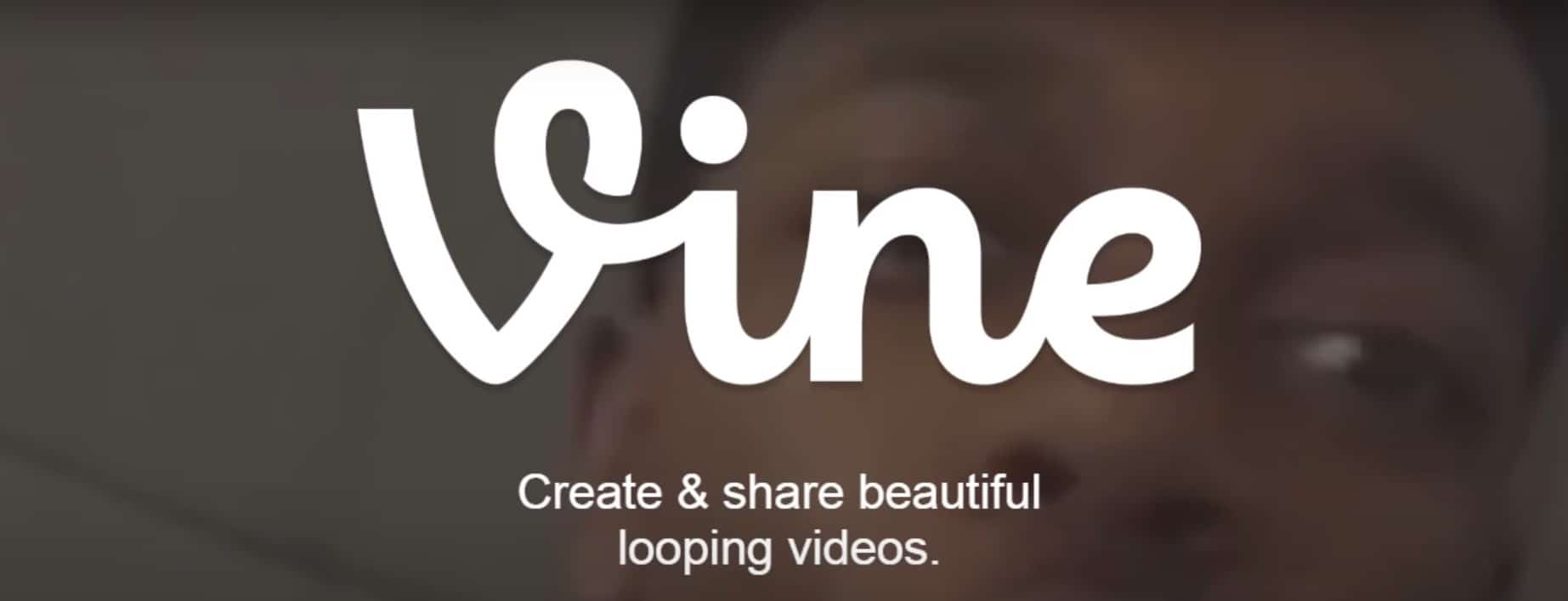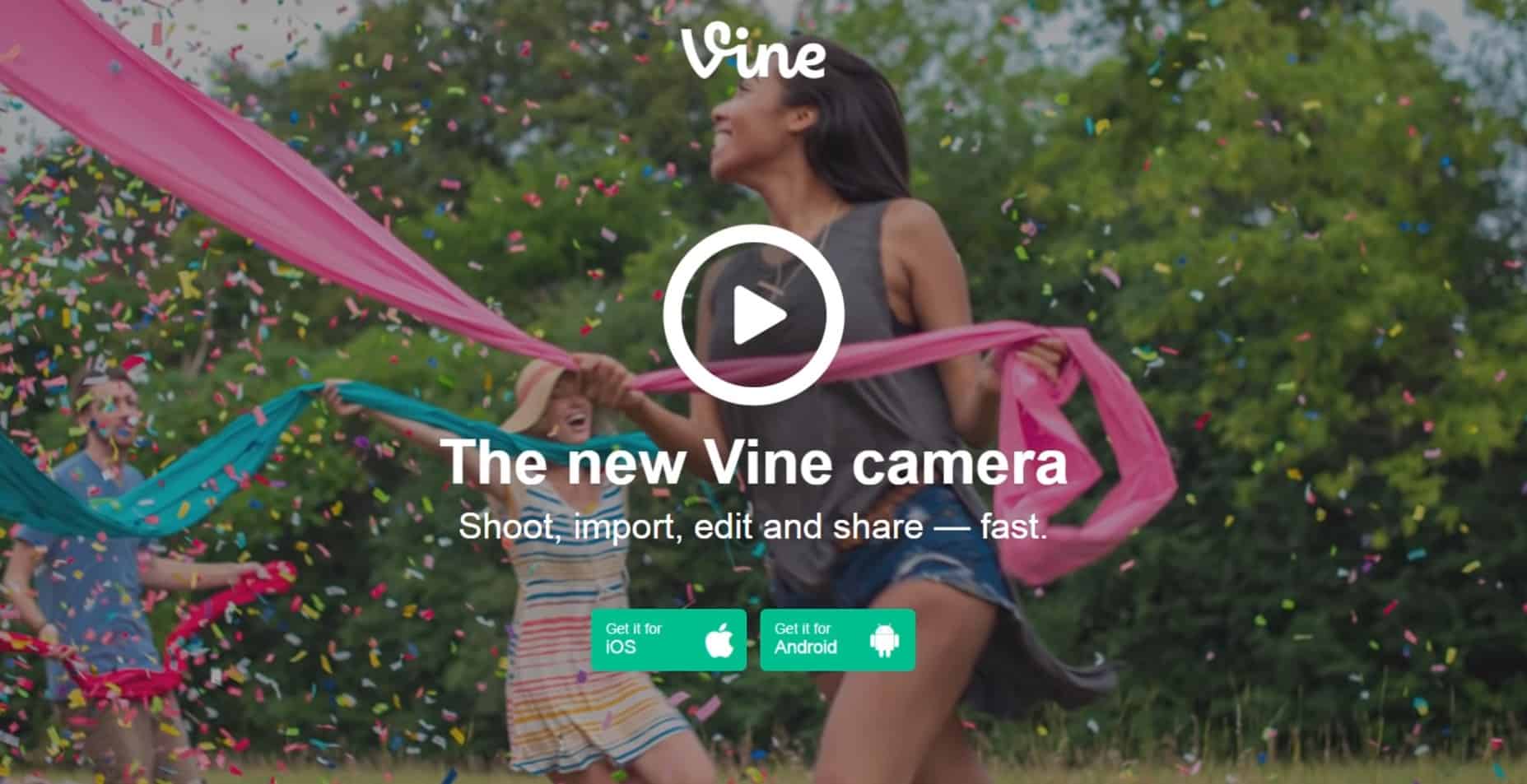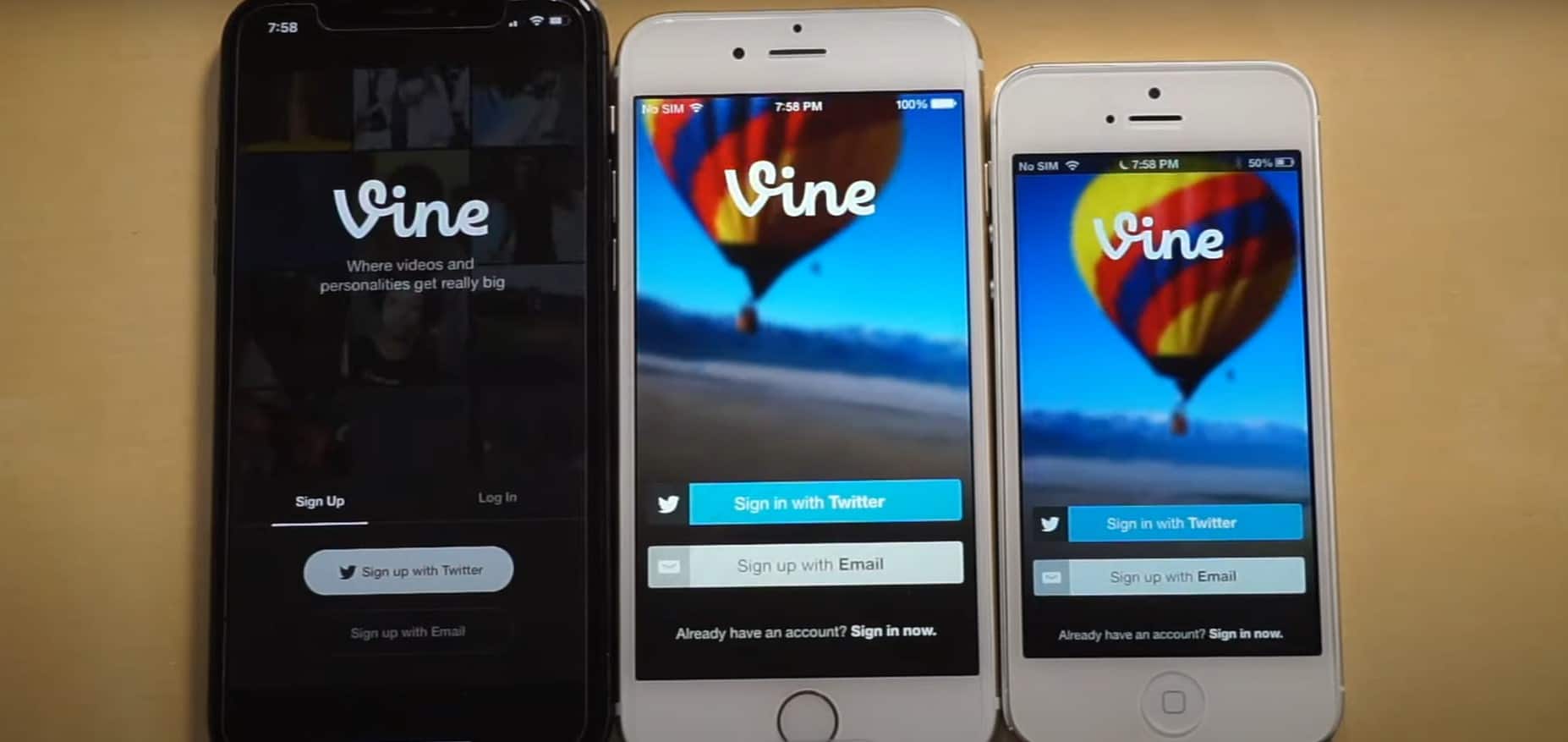Today we’re going to travel back in time and learn a history lesson in social media. Social media is a tool and technological phenomenon unique to the most recent generations (Generation Z and Millennials). And with the rise of Facebook in the early 2000s, things eventually morphed and exploded into the world we have today.
Out of all those platforms that have popped up, one, in particular, is worthy of our attention: Vine, a short-lived, short-video format app that managed to create a platform for several content creators who rose to fame there, built up their brand there, and eventually moved elsewhere.
But why did Vine shut down? Why did the precursor to today’s TikTok fail? That’s one of the many things we’re going to examine in today’s social media history lesson. Let’s take a ride down the social media museum to learn about the rise and fall of an app that had everything going for it except that it didn’t when it came to staying on top.

What Was Vine?
Vine was a short-form video app that, in many ways, was a precursor to TikTok. Launched back in 2021 as a mobile phone app that lets you share and create six-second videos, it paved the way for many influencers and content creators to bring up their A-game when it comes to storytelling, video editing, and improvisation.
Vine blew up; it became an internet sensation. If you ever felt the sensation with TikTok of being on the next big thing, that was the same case with Vine.
The app got millions of downloads and became huge amongst the Gen Z segment. Brands reached out to the content creators, and fame was instant: Content creators like Lele Pons rose to fame there.
Vine Faces Internal Trouble
To analyze the rise and fall of Vine, we must understand a few things. Vine’s success was unexpected to its creators. And while people were downloading the app and uploading content to it like crazy. From the managerial point of view, Vine was a mess. The company faced internal management problems, and its owners knew that the concept was a hit. But how to make money from it?
That was the gist of it. With a lack of a clear monetization strategy, Vine became a problem. The company was constantly faced with a board of directors and executives turnover. It failed to innovate, and it left it stagnant when facing the competition.
And that competitor was none other than Instagram, which launched longer video formats, and that was attractive for content creators to ditch Vine and go to the ‘gram.
Also Read: Is Charli D’Amelio Pregnant? One Of The Most Followed TikTok Stars Sparks Expecting Rumors
Why Did Vine Shut Down?
Twitter eventually bought Vine for $30 million, acknowledging that it had a lot of things going on and that the short format videos could be adapted into tweets. As their parent company, Twitter now had full control over what was going to happen to Vine. But Twitter had some financial problems of its own as well, and that contributed to Vine’s eventual shutdown.
Vine’s best content creators wanted to get paid, and that demand for pay was substantial. Twitter said, “No.” And the content creators took their followers to other platforms, and Vine was eventually shut down in 2017 because it wasn’t making any money for its parent company; the downloads dropped, and people simply stopped using the platform.

What Did Vine’s Founders Do After Vine Failed?
Vine’s co-founder, David Hoffman, tried to make a Vine successor and called it “Bite” or “v2,” but it failed: It didn’t have the same amount of downloads, and the other founders of Vine went to invent HQ Trivia, another failed platform that failed.
What To Make Of Vine’s Legacy?
As stated earlier, Vine was a precursor to short-format videos, and the king of short-format videos nowadays is the Chinese app TikTok. When launched, TikTok was so disruptive that it dwarfed other well-established content creation platforms like YouTube, Snapchat, Instagram, and Twitter.
And so much so that Instagram had to launch “Reels,” YouTube had to launch “Shorts,” Twitter eventually had to adapt to accepting more lengthy videos, and now the concept of multi-platform posting is the strategy to go if a brand or content creator wants to stay in the game.
In any case, content creation platforms come and go, but one fact remains, before we had TikTok, IG Reels, and YouTube shorts, we had Vine. It was fun while it lasted, but that’s about it. Generating revenue is fundamental to making a business, and Vine succeeded in popping up, creating a follower base, but failed in innovation and in making a buck.
Also Read: 10 Best TikTok Filters For Dogs




